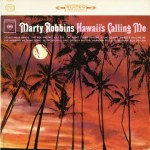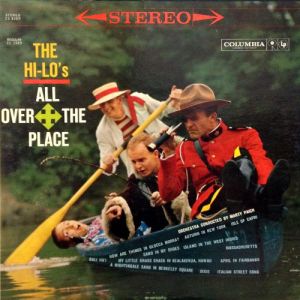More Marty Robbins
More Vintage Columbia Pressings
- An original copy of Marty’s 1963 release boasting rich, sweet Double Plus (A++) sound or close to it throughout – exceptionally quiet vinyl too
- The kind of Tubey Magical, tonally correct, spacious sound on this black text stereo 360 label pressing is nothing less than an audiophile thrill (particularly on side one)
- The only other Robbins record that can hold a candle to this one is Gunfighter Ballads & Trail Songs
- “Robbins performs beautifully, creating a breezy mood that marks one of pop music’s better attempts at the genre.”
- More records with exceptionally Tubey Magical sound
- More reviews of our most Tubey Magical demo discs
The Analog sound of this pressing makes a mockery of even the most advanced digital playback systems, including the ones that haven’t been invented yet.
I’d love to play this for Neil Young so he can see what he’s up against. Good Luck, Neil, you’re going to need it.
We’ve been through dozens of Columbia albums from the 60s since we discovered how good the Marty Robbins titles on Columbia can sound. Most of the popular vocal and country albums we play have an overall distorted sound, are swimming in reverb, and come with hard, edgy, smeary vocals to boot.
To find an album with freakishly good sound such as this involves a healthy dose of pure luck. You will need to dig through an awfully big pile of vinyl to uncover a gem of this beauty. (more…)


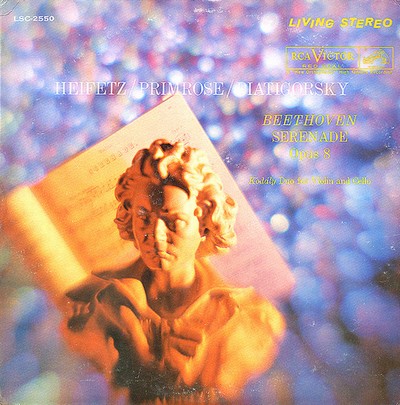
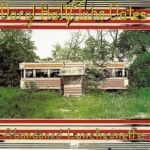
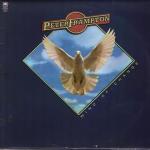
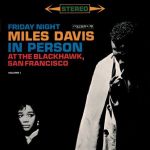 Hot Stamper Pressings of the Music of Miles Davis Available Now
Hot Stamper Pressings of the Music of Miles Davis Available Now More of the Music of Thelonious Monk
More of the Music of Thelonious Monk